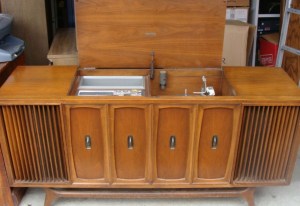 More of the Music of The Grateful Dead
More of the Music of The Grateful Dead
Hot Stamper Pressings of Stephen Barncard’s Recordings
Reviews and Commentaries for Stephen Barncard’s Recordings
The crowning glory of the Grateful Dead, this is their MASTERPIECE. Albums like this come along once in a band’s life — if they’re lucky. This is the zenith of the Grateful Dead. Workingman’s Dead is a good album. American Beauty is a great one.
If you don’t have a killer copy yet, it’s time to get on the bus. Stephen Barncard is the recording engineer responsible for this album, Deja Vu, Brewer and Shipley’s Tarkio, and a host of other amazingly rich, sweet and natural, mostly acoustic recordings that stand head and shoulders above the bulk of their contemporaries. American Beauty is one of them.
All the Elements Come Together for Once
All of the elements necessary to take this music to an entirely new level are here, my friends: smooth, sweet vocals; rich, meaty bass; an open and airy top end; top-notch presence and so forth. The sound is so spacious and transparent that you can easily pick out each of the instruments and follow them over the course of the songs.
The acoustic guitars sound magical on this one, and I can’t believe how wonderful these guys’ voices sound. The Tubey Magic and immediacy on this copy are going to STUN you.
You could choose any track you wanted to and find lovely sound here, but I’d recommend Ripple and Attics Of My Life for starters.
Most copies suffer from a glaring lack of highs, but just listen to the ride cymbal on this one to find out that the top end is still alive and well here.
Here are some other records we’ve played that often have No Real Top End.


 Here are some other
Here are some other  Or you could get that old console sound by powering your system with the Mac 30s you see below. They are very good at hiding the faults of old records (and plenty of new ones too).
Or you could get that old console sound by powering your system with the Mac 30s you see below. They are very good at hiding the faults of old records (and plenty of new ones too).

